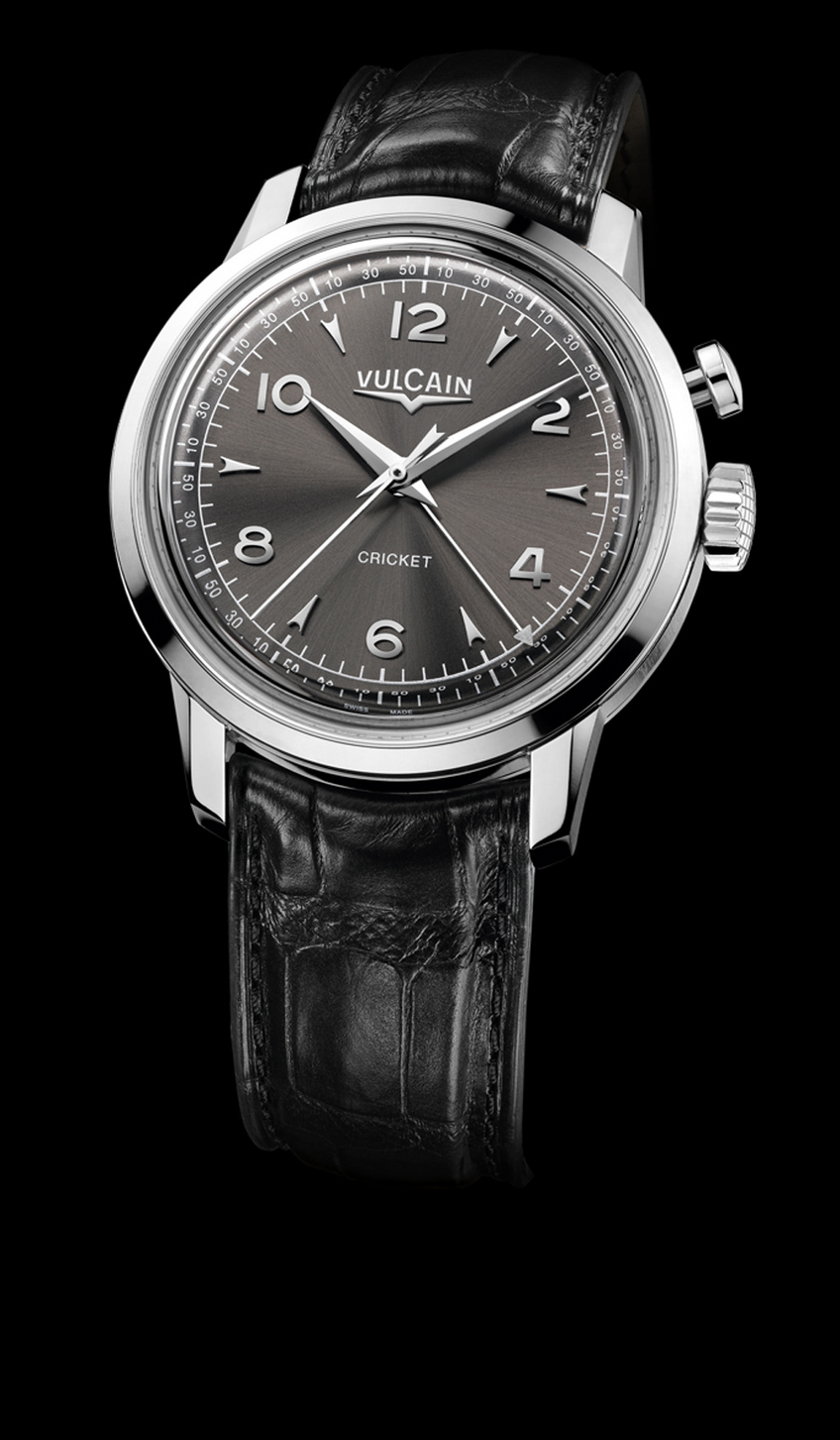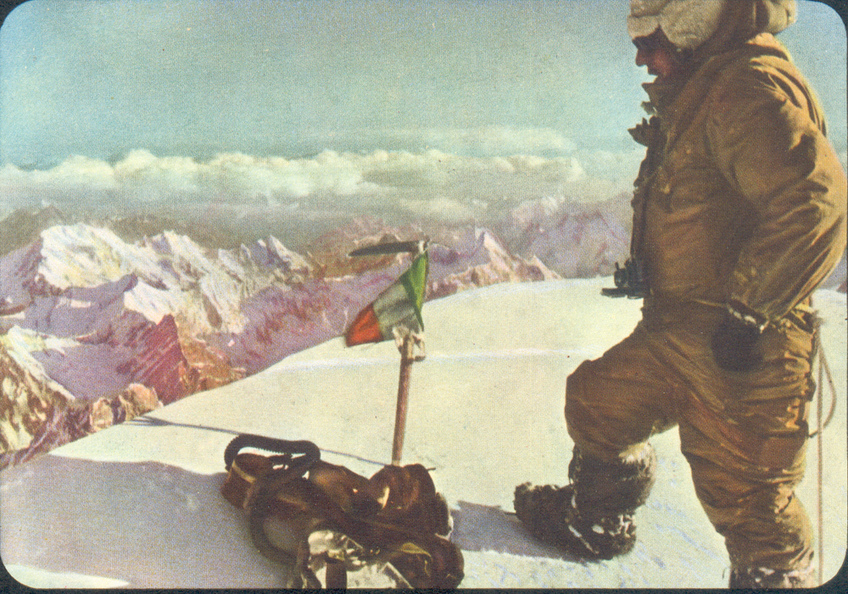Historical Background - The Ascent of K2
Historical Background - The Ascent of K2
THE ASCENT OF K2: JULY 31ST 1954 – JULY 31ST 2014, 60 YEARS OF EXCELLENCE
Vulcain has always been associated with sporting achievements. Alongside supporting Real Madrid in the 30s, or sounding the underwater depths of Hannes Keller in 1961, the Manufacture has also distinguished itself when it comes to conquering mountains.
This summer, the brand pays tribute to the 60th anniversary of the ascent of K2 made by 14 climbers from the Italian Mountain Club in 1954.
FROM THE NORTH-EASTERN ASCENT OF THE SALCANTAY TO THE SUMMIT OF KARAKORUM, VULCAIN SURVIVES EXTREME CONDITIONS
Three mountain expeditions deserve a mention: the first in the Andes, in the heart of the Cordillera Vilcamba in the centre of Peru. On August 5th 1952, a French-Belgian expedition directed by Bernard Pierre and two American teams conquered the north face of the Salcantay, one of the Andes’ untamed peaks, which reaches to a height of 6,264 metres. The assault took more than three weeks, and was punctuated by snowstorms. Shortly after this achievement, Vulcain received several testimonies from this roped party highlighting the intrinsic qualities of their Cricket Vulcain watches. These were effectively part of the entire ascent, reaching a height of more than 6000 metres.
Despite substantial differences in daytime and night-time temperatures and despite the snow and the damp, the climbers confirmed that they never experienced the slightest failure of any kind.
1954, ASCENSION OF K2
The second noteworthy expedition took place 60 years ago. In order to celebrate the 90th anniversary of the Italian Mountain Club, a team of 14 transalpine climbers swore that they would conquer K2 for the first time – that legendary Himalayan summit in the Karakorum range located in India, China and Pakistan. Led by Ardito Desio, a professor of geology, 700 porters carried more than 13 tons of material to the base camp located at an altitude of more than 5,000 metres, at the foot of this magnificent pyramid of rock and ice. On July 31st 1954, the roped party with Lino Lacedelli and Achille Compagnoni reached 8,612 metres accompanied by their Crickets. Note that one of the most famous Italian climbers, Walter Bonatti, was part of the expedition at the age of just 24 years old. Vulcain is therefore proud to pay tribute to them once again by promoting this exceptional achievement.
A few years later, in 1958, still fascinated by the Himalayas, a team that once again consisted of Bonatti and other members of the first expedition set off to conquer Gasherbrum IV (7,980 m), a Karakorum peak reputed to be inaccessible. This time, Vulcain equipped the climbers with Crickets.
The watches from this small Swiss Manufacture achieved considerable success with these extreme climbers. Publications at the time proudly announced that these timepieces served “their owners faithfully by providing the exact time and by chiming at the right moment”.
In 2011, Vulcain paid tribute to this achievement by introducing its 50s Presidents Heritage model.

ASCENSION OF K2, THE ITALIAN ROUTE
At 8,612 metres, K2 is the second highest mountain in the world after Everest. K2 is in the north of Pakistan on the China-Pakistan border.
This expedition by the Italian Mountain Club was the first to climb K2 via the historic Abruzzi Spur – named following an attempt in 1909 by the Duke of Abruzzi up to 6,000m. The ascent of a mountain peak such as K2 is an incredible epic! Here, Vulcain takes you back through the great phases that punctuated the ascent to the summit.
The Abruzzi Spur route is the most oft used trail. Around 75% of climbers choose this route. It starts at 5300 metres at the bottom of a ridge, drops gently for several kilometres and continues up to the 8612 summit.
The length of the trail coupled with extreme weather conditions and the inherent dangers of mountain climbing make it one of the most dangerous, most difficult routes in the 8000 metre family.
The major topological characteristics of this route offer various levels of technical difficulty and danger. The “Bottleneck” represents this difficult terrain. This abrupt passage of ice and snow located at 8200 metres under an ice cliff is one of the most difficult parts of this route, with the possibility of chunks of ice falling at any time, like the tragedy in 2008 in which 11 people died.

The route is punctuated with several camps at different altitudes. Once on the summit, the descent to Camp 4 is just as dangerous. Most accidents take place during this phase, with one climber out of every two that has reached the summit dying during the descent - a statistic that is often mentioned.





